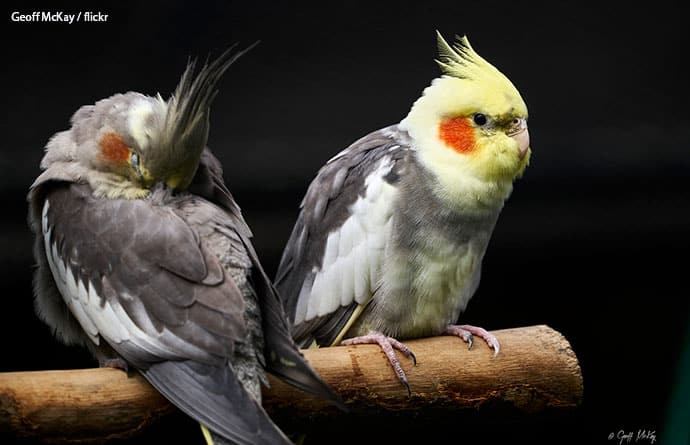
Pets need a lot of support and loving care during the transitional period of moving house.
Your animal friends will be confused and even scared by the unusual activities going on around them and all the hassle and commotion in your home is sure to alarm them.
So, do your best to preserve your pets’ daily routine and to tend to their needs with even greater care than usual.
Meanwhile, find the time to make all the necessary preparations for their safe transportation and quick adjustment to your future home. Depending on what kind of pet you have, these preparations will have their specifics.
If you are the happy owner of one of the most common pets – a dog or a cat, you will easily find a lot of information and advice on the best methods to move them safely and stress-free across the country.
However big a challenge moving house with cats and dogs may be, you should experience no problems if you choose to follow our detailed tips on how to successfully relocate your furry friends.
Moving with some “unusual” pets, however, could be a lot more difficult or risky.
You need to research the facts carefully before undertaking the delicate and tricky task of relocating birds, fish, reptiles, or any other very special little friends you might have.
You may also like to read: Purrrfect Tips on How to Move Home With Cats. In this guide, we share advice on how to prepare your cat for moving home, the safest ways to transport them, and how to help them adjust to their new home.
Here are some practical tips on how to move house with pets, be they feathery, scaly, or slimy.
How to Move with Pet Birds
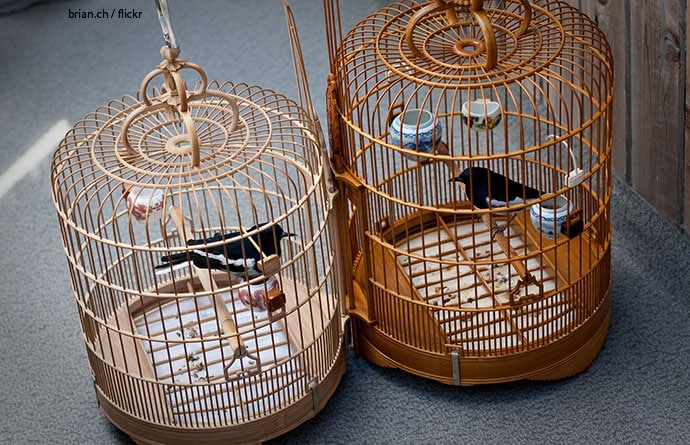
We often measure distance as the crow flies exactly because birds move so easily, after all, Mother Nature gave them the ability to fly, with no boundaries to limit them and no distances so great as to intimidate them.
They use the magnetic field of the Earth like a natural GPS for their annual migrations and cross half the globe in several days – birds are symbolic of freedom.
And yet, they are kept in cages, and relocating them to a new city, just several hundred miles away, turns out to be a problem.
To avoid any problems, undue stress, accidents, or injury to your feathery friends during your imminent relocation, follow our proven tips for moving with birds:
Preparations
Condition your birds
To survive the move without any negative consequences, your birds need to be in good health.
You are advised to include some stress-reducing and immunity-boosting vitamins, probiotics, and other supplements in their diet for a couple of weeks before the move (as well as for at least one more week after arriving at your future home);
Prepare an appropriate carrier
If you are moving a short distance and plan to transport your pet(s) in your own car, you can, of course, let your bird stay in its cage. You just need to take some simple precautions (see below for more details).
In case you own several birds, they should travel in an appropriate container for each of them.
Even if your birds are small, even if they are a pair, each bird has to travel separately to avoid accidental injuries in case your feathered friends are seized by panic.
If your bird is going to be shipped in a carrier different than its own cage, remember that your feathery friend needs to get accustomed to the new surroundings beforehand.
Let the bird explore this new habitat and sleep in it so that no anxiety is aroused by the unfamiliar carrier.
Moving day
As it is with all pets, your birds should be the last to leave your old property and the first ones to be “unpacked” when you reach your new home.
Keep your bird in a calm room, away from movers and moving procedures while your removals take your personal effects out of your home and load them on the moving van.
Don’t forget to visit it from time to time, give it special treats, and talk to it in a composed voice, showing a lot of care.
Transportation
This should not be a problematic experience, especially if the trip is short.
Just make sure to render the cage safe – remove any toys and swings, as well as the water and food receptacles, add tie wraps to all the sides and the door for extra protection, and secure the entire cage to the backseat of your car.
When you are sure that nothing could accidentally fall or shift inside the cage and hurt your bird, cover the cage with a lightweight cloth or blanket to provide both comfort (birds are sensitive to temperature changes) and a sense of security.
If necessary, use glare guards to protect your bird from direct sunlight and let your air-conditioning run to maintain a pleasant temperature.
Bring juicy fruit and vegetables with you (keep them in a quality cooler) and feed them to your bird to keep it hydrated and comfortable during the journey.
In case your drive lasts for more than a couple of hours, plan for stops when you can give your pet proper food and water.
Be very careful if you need to open the cage door because the anxious bird may try to escape.
Adjustment
Decide upon an appropriate location for the cage immediately after arriving in your new home.
Give your bird plenty of food and water and return all its favorite toys and decorations into the cage.
Make sure to arrange everything inside the way it was before the move and use the same kind of food you used back home for at least a couple of weeks after the relocation.
Place the cage in a quiet room, away from the unpacking chaos that’s next on the agenda.
Your birds will need some extra attention before their anxiety fades away.
If you notice them plucking at their feathers more than usual, even after they have spent about a week in the new surroundings, take your birds for a check-up, they may still suffer from stress and the veterinarian will give you practical advice on how you can soothe your feathery friends and ensure their good physical and mental health (and their joyful chirp to lift your spirits after a difficult relocation period).
You may also like to read: How to Dog-Proof Your Home, Garden, and Car. This is a comprehensive guide on how to dog-proof your new home and garden to ensure that your dog is safe in their new surroundings.
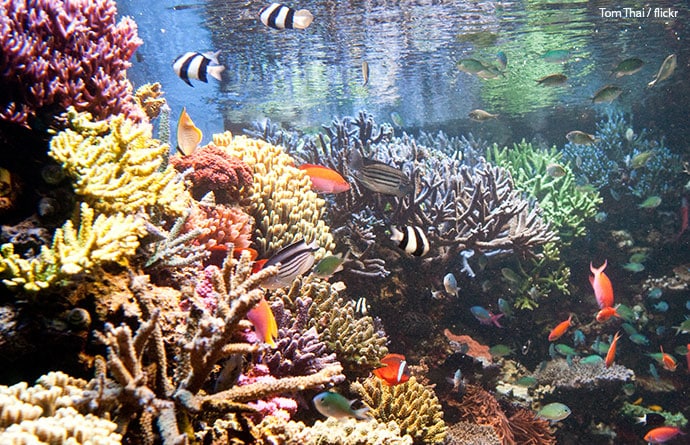
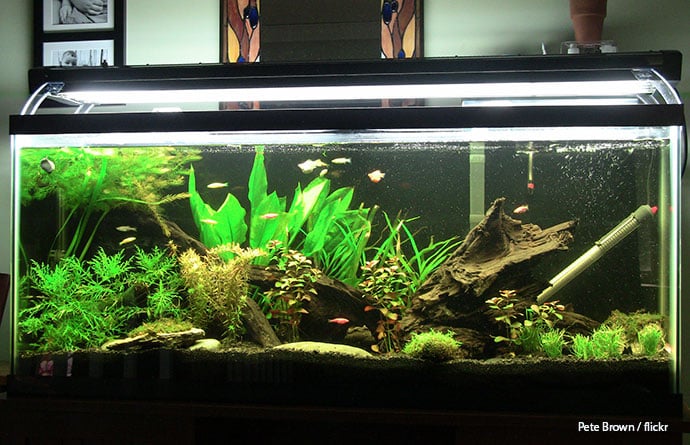
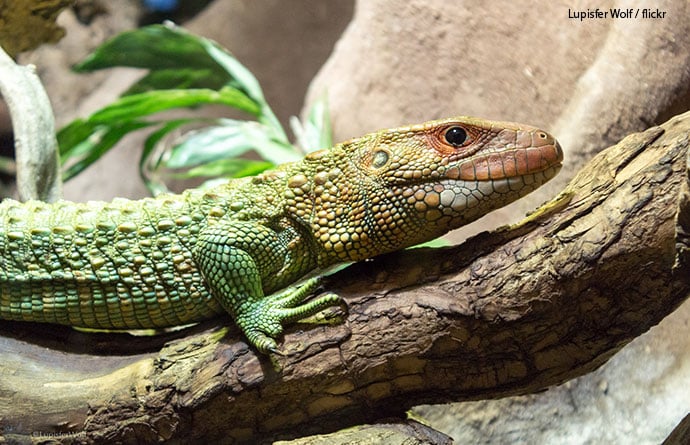
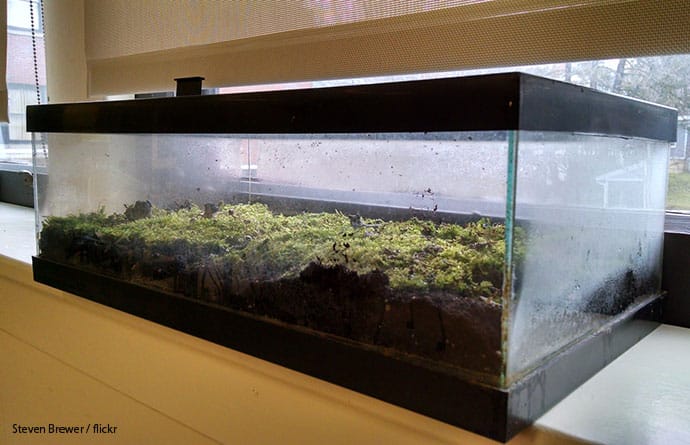
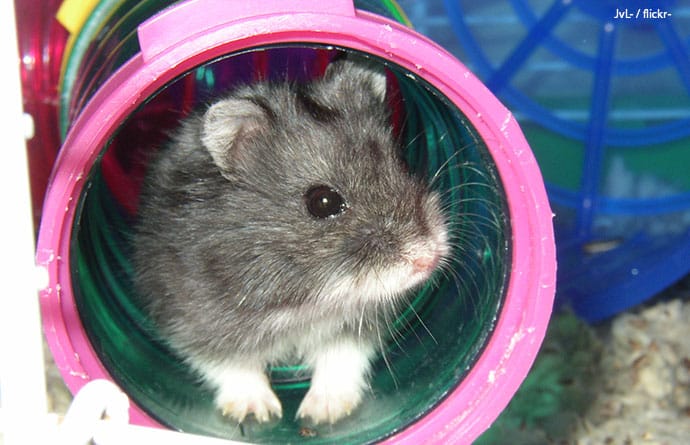



Your article is so helpful. It’s like you included every tip there is for moving with every kind of pets. Thanks for being so awesome and sharing this fantastic post.